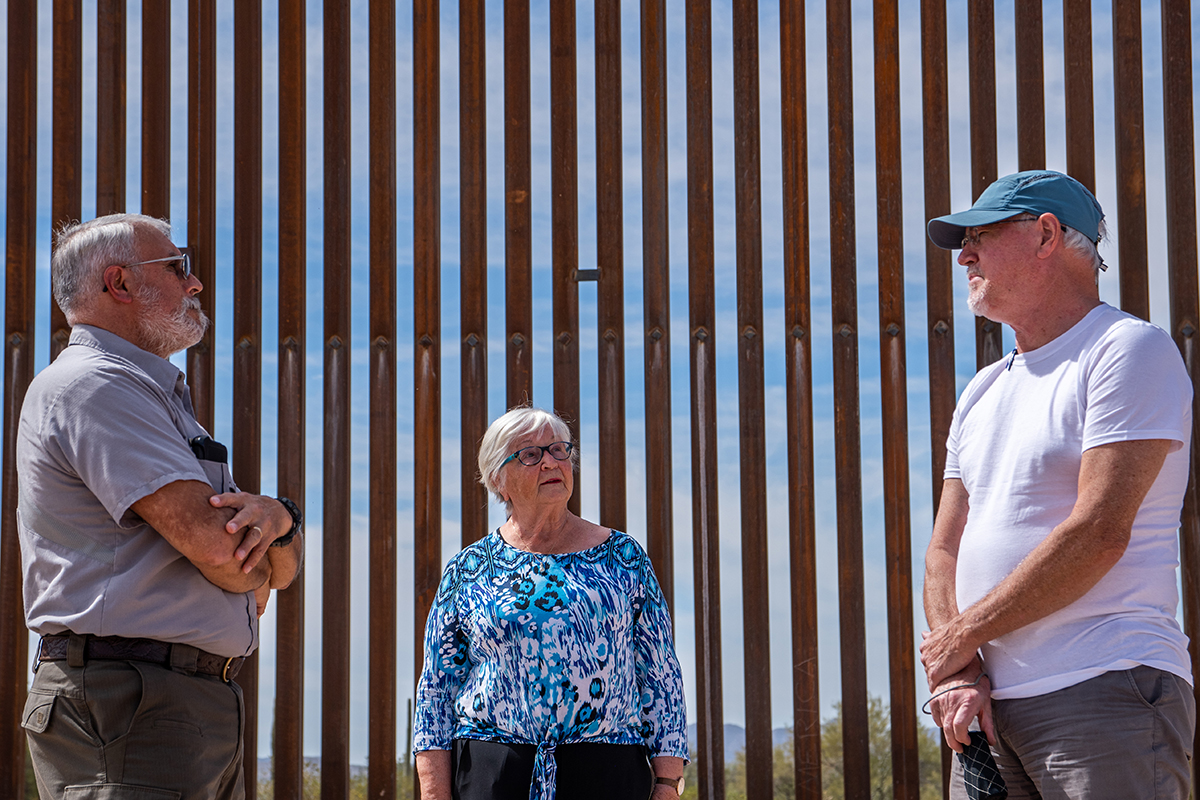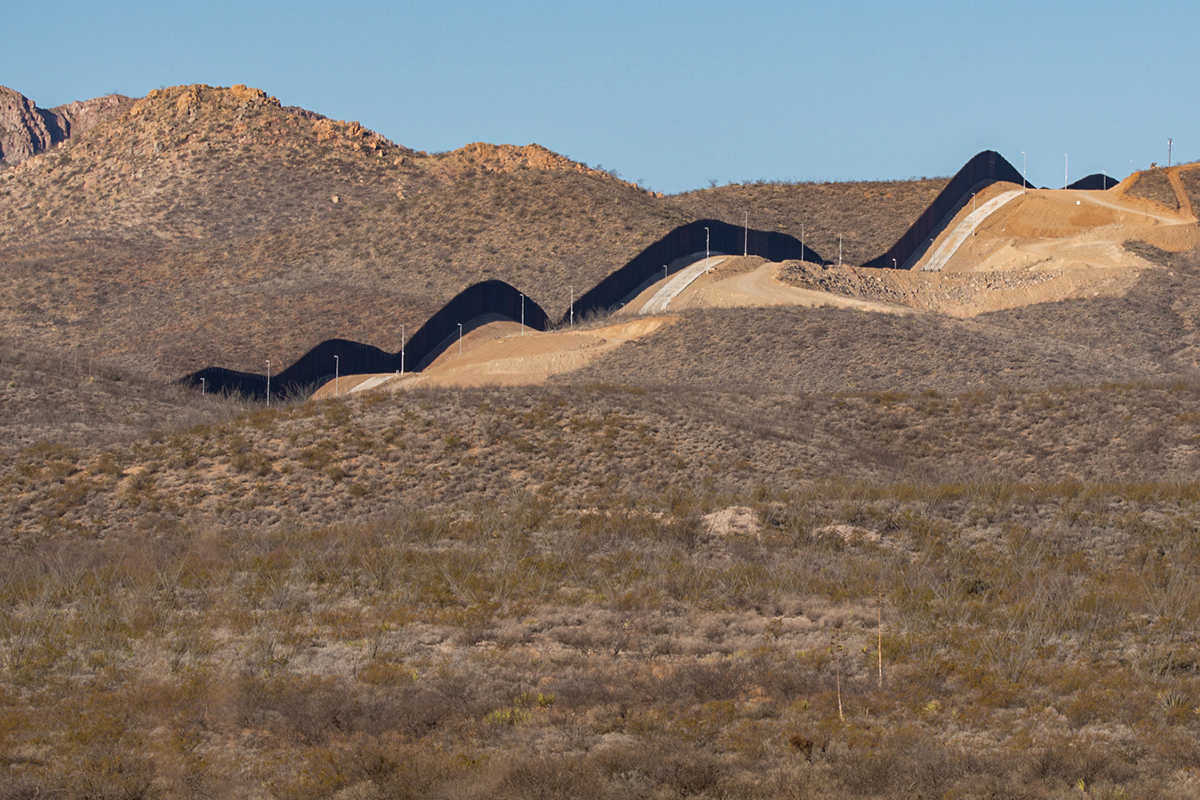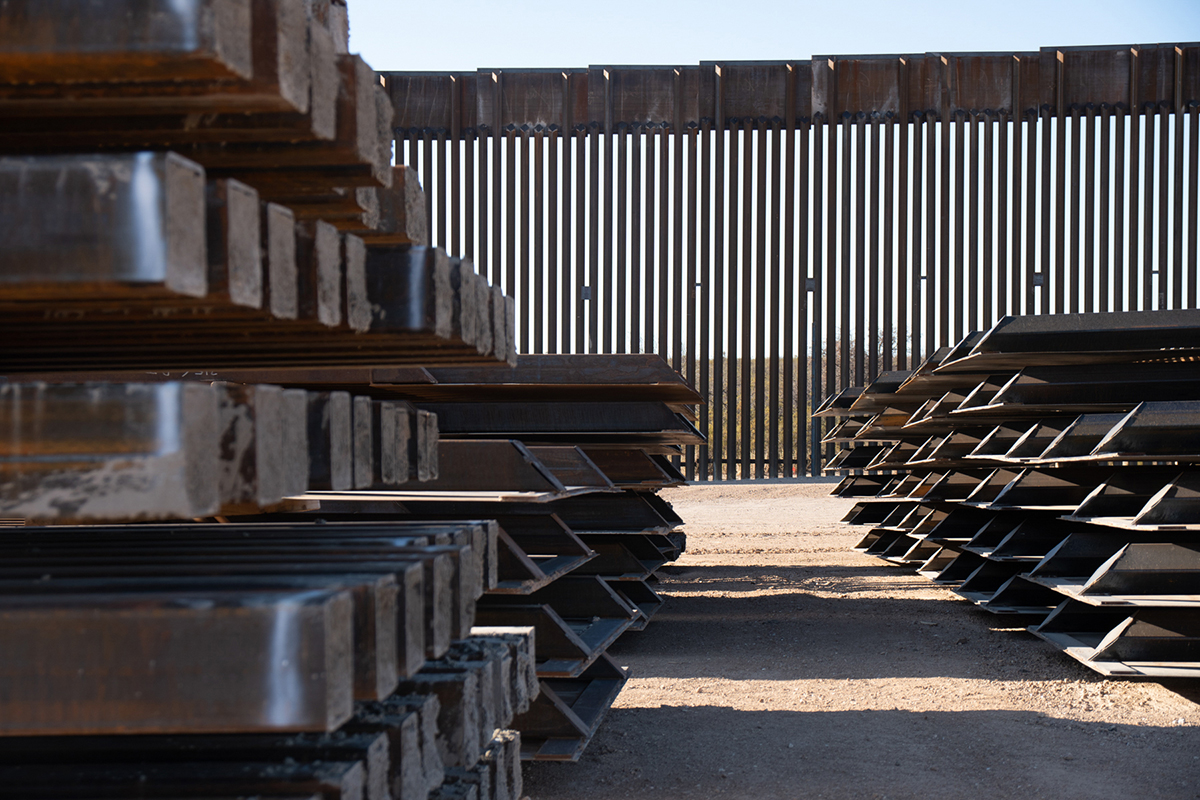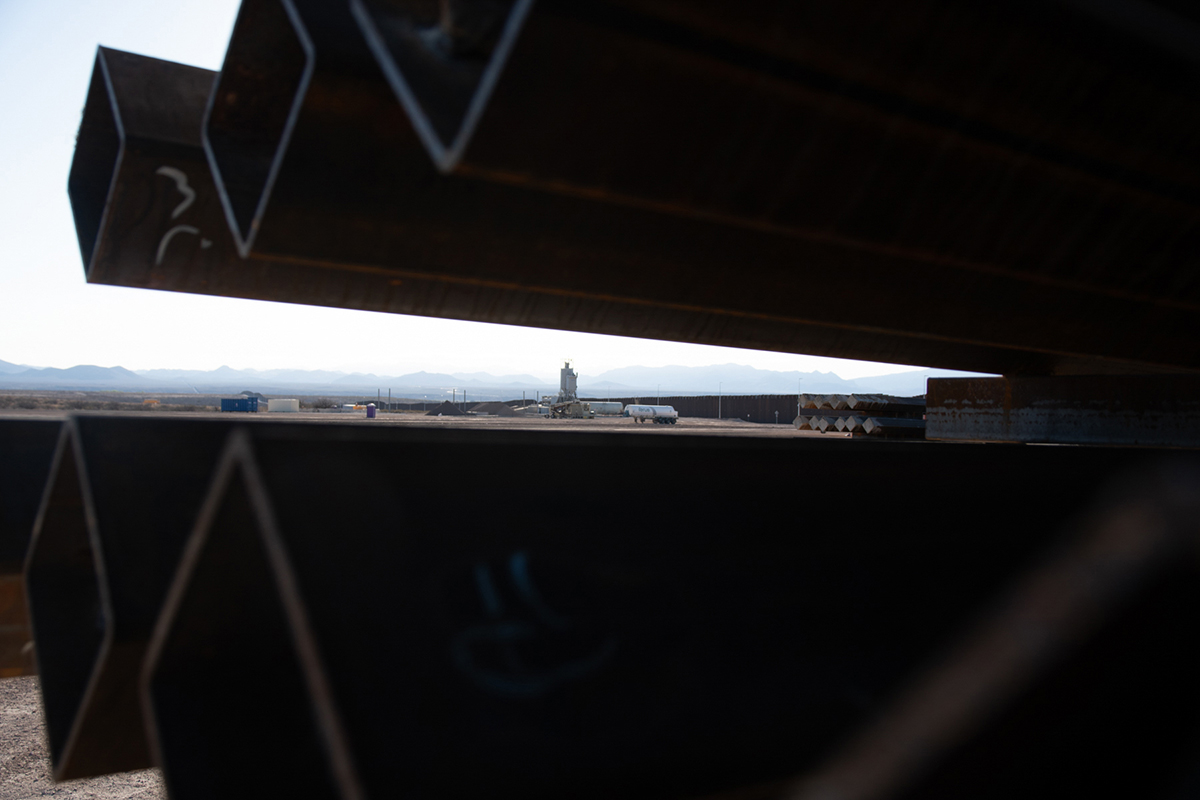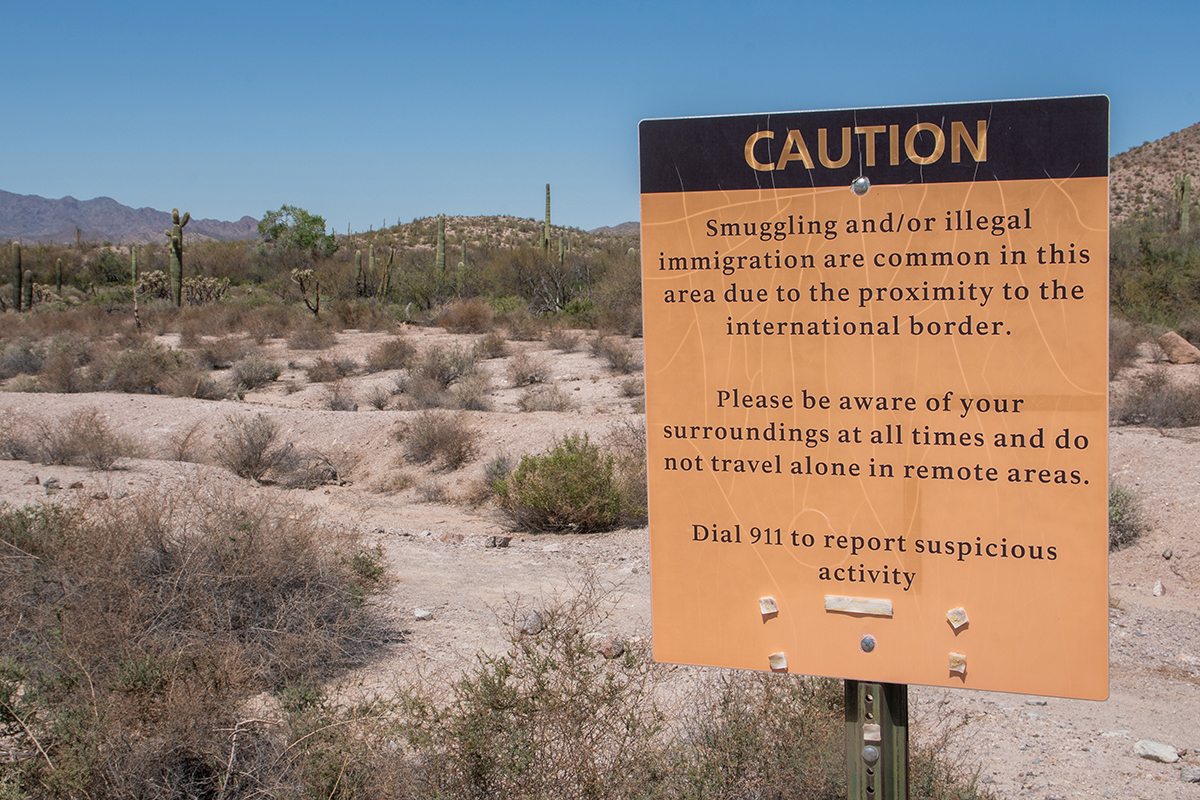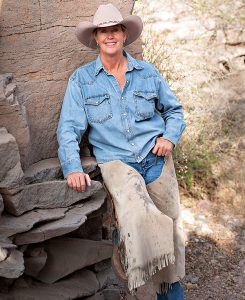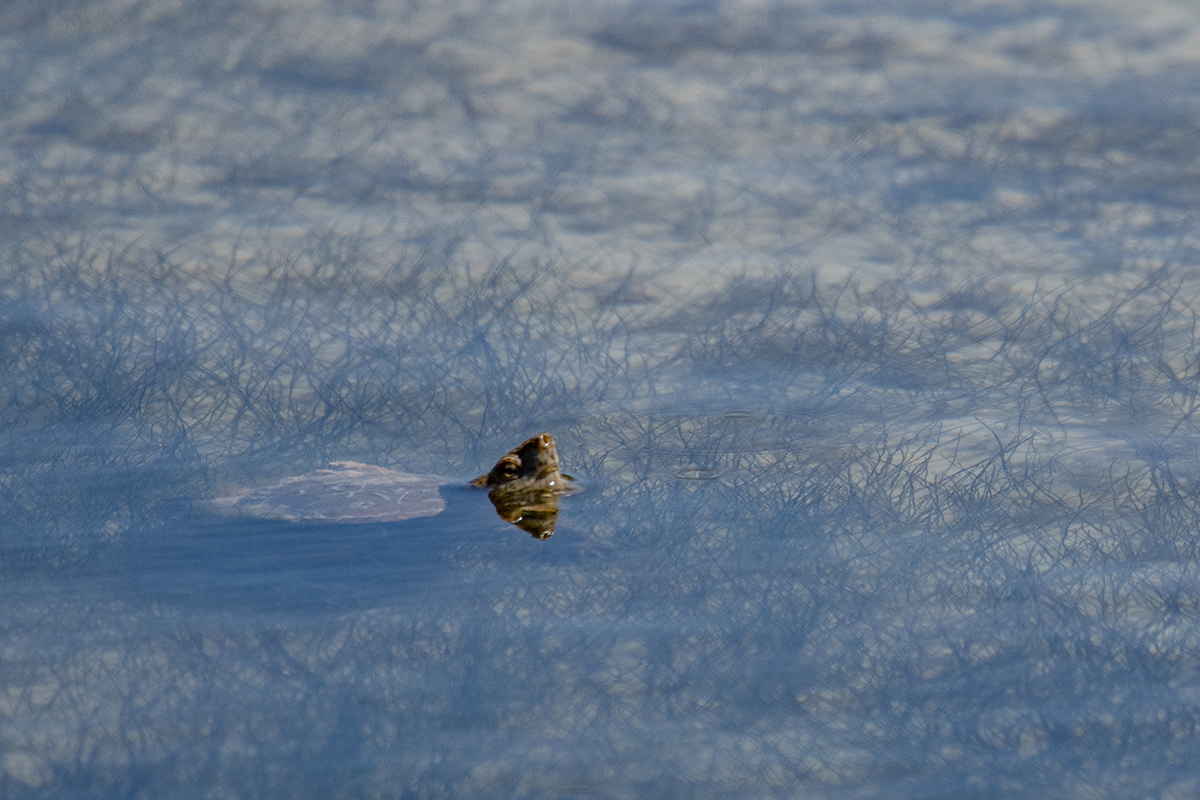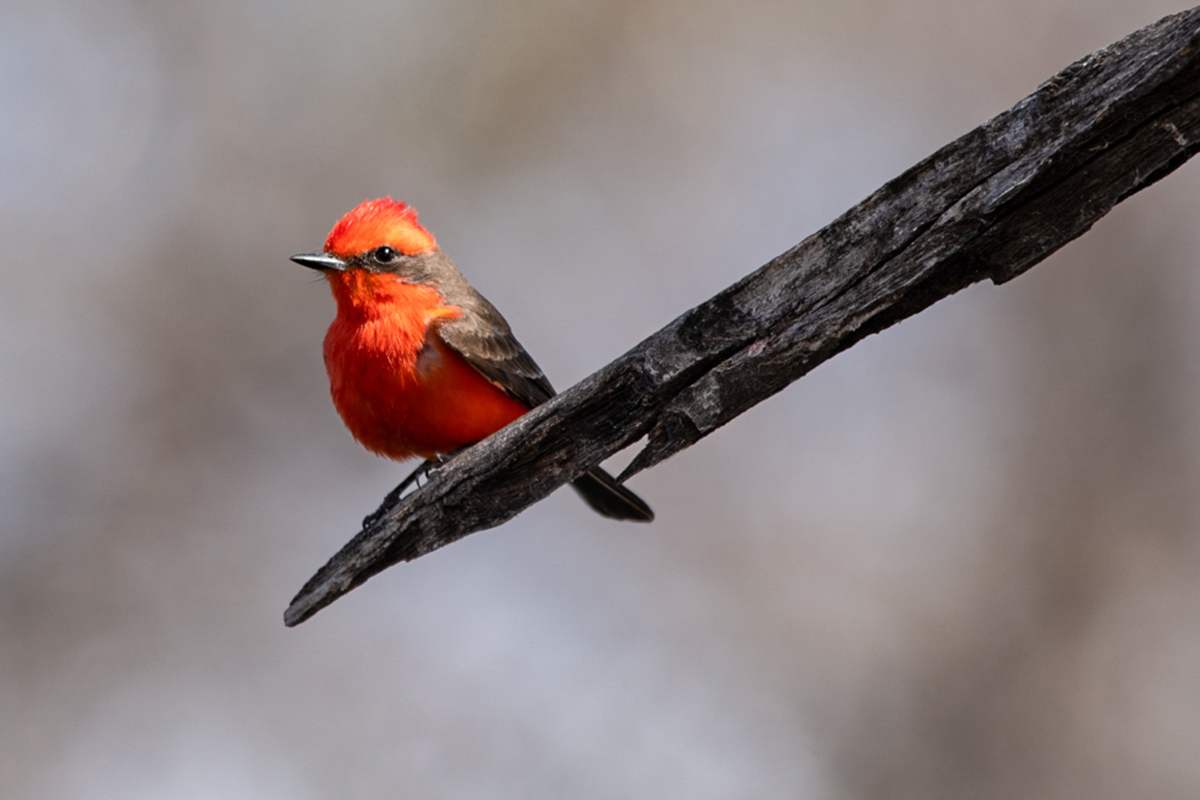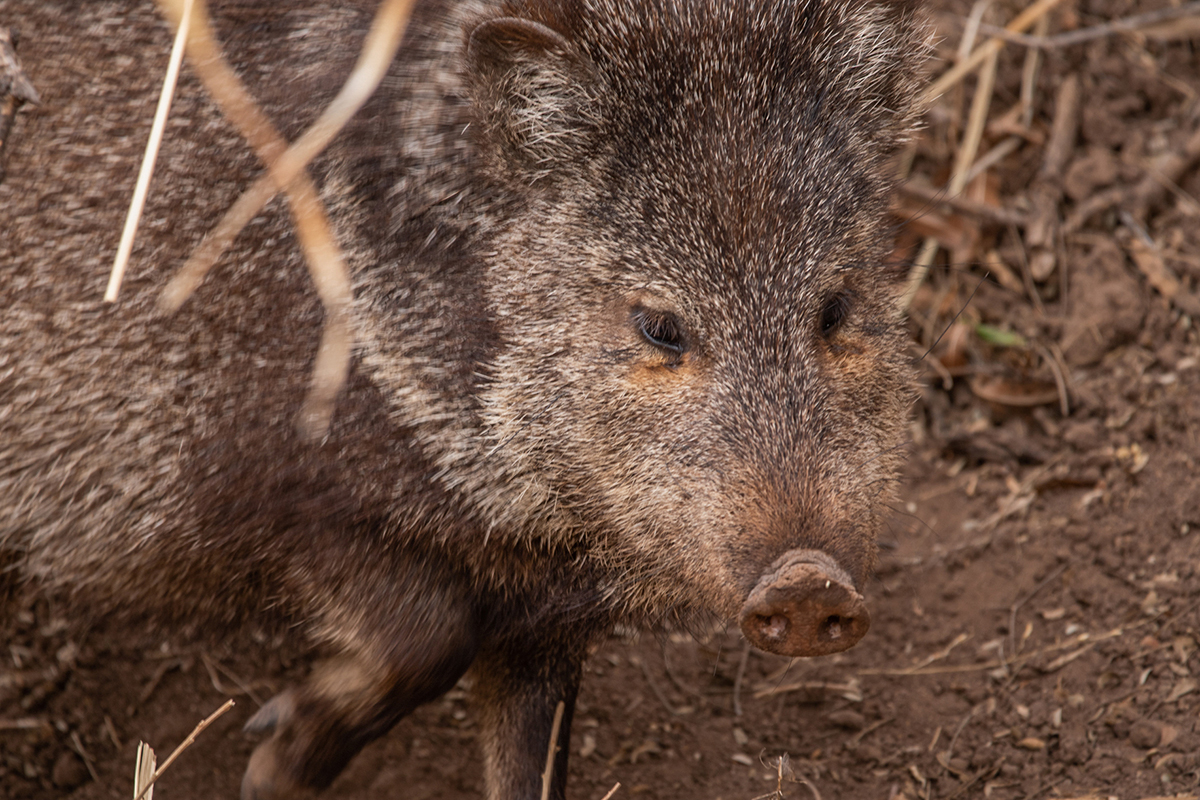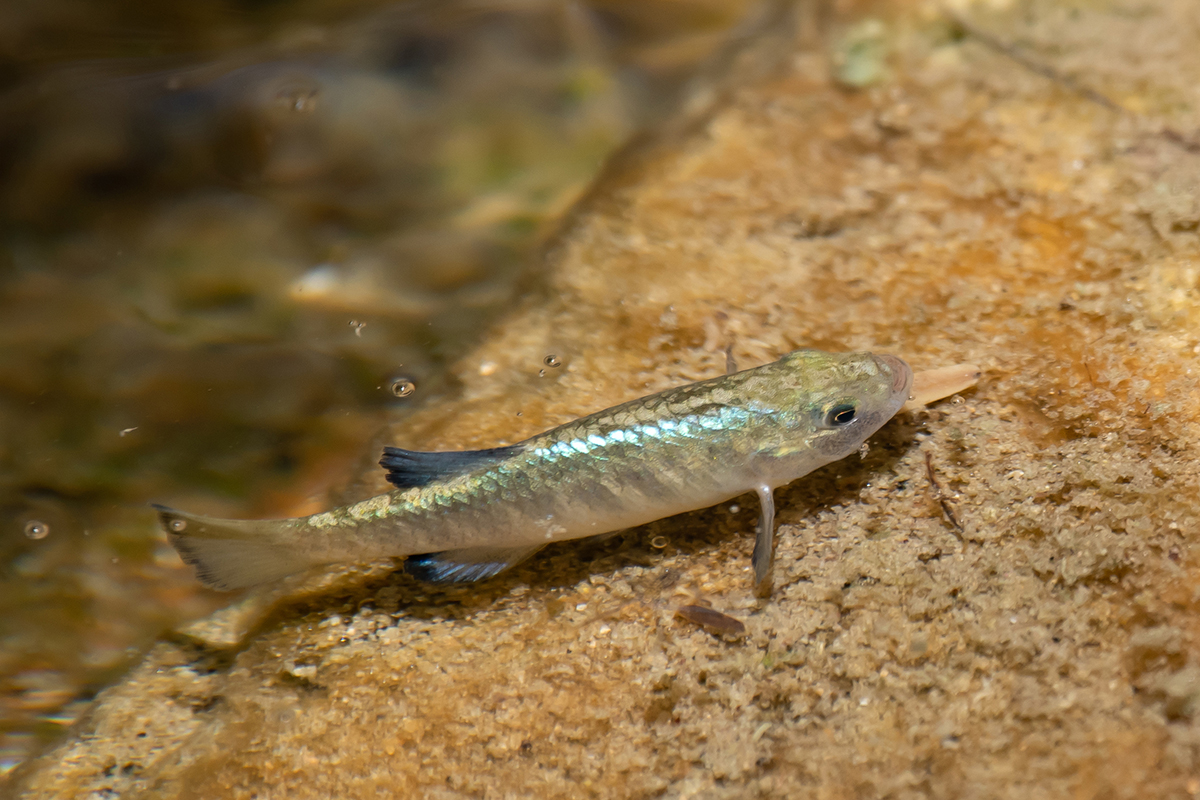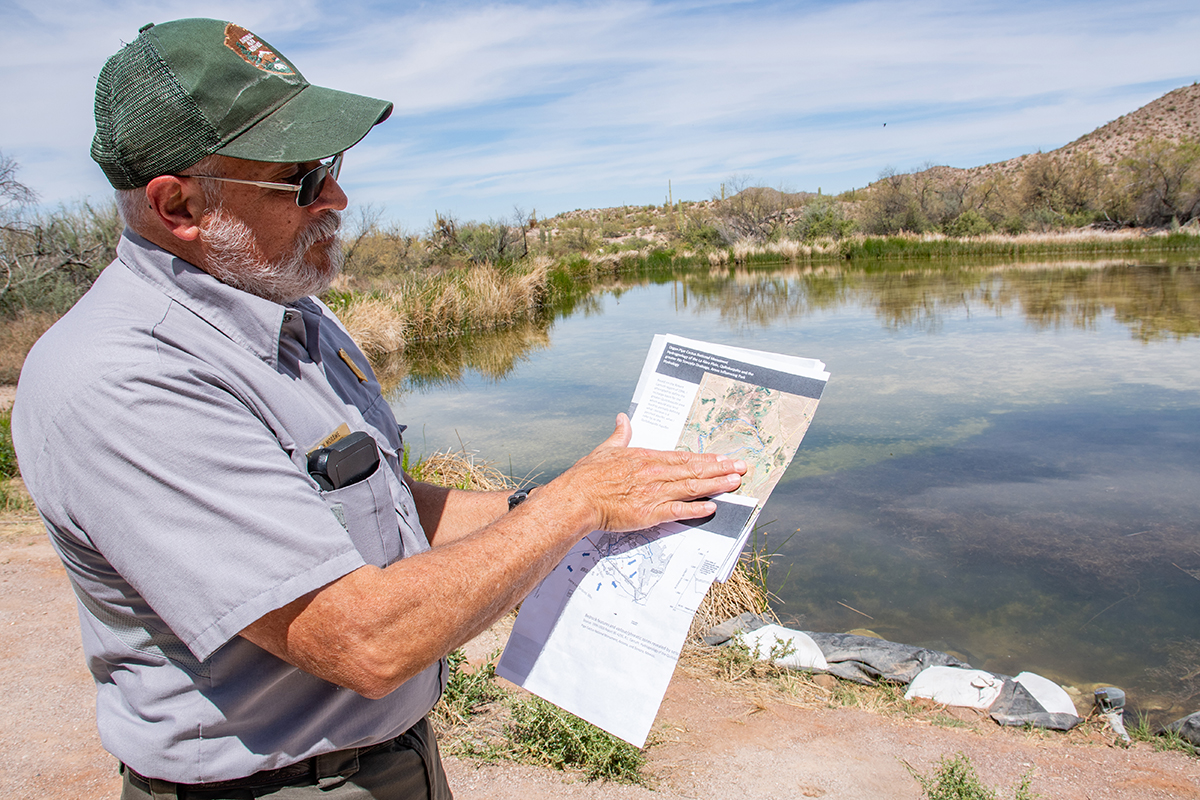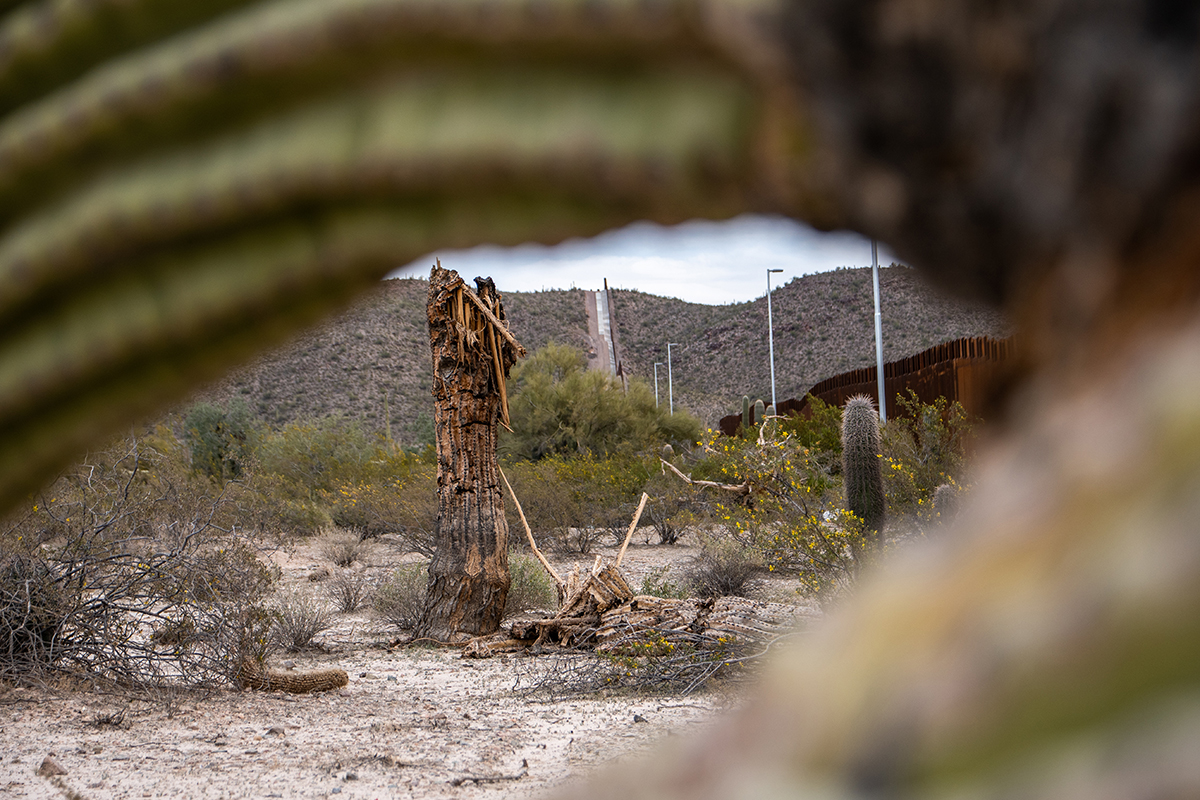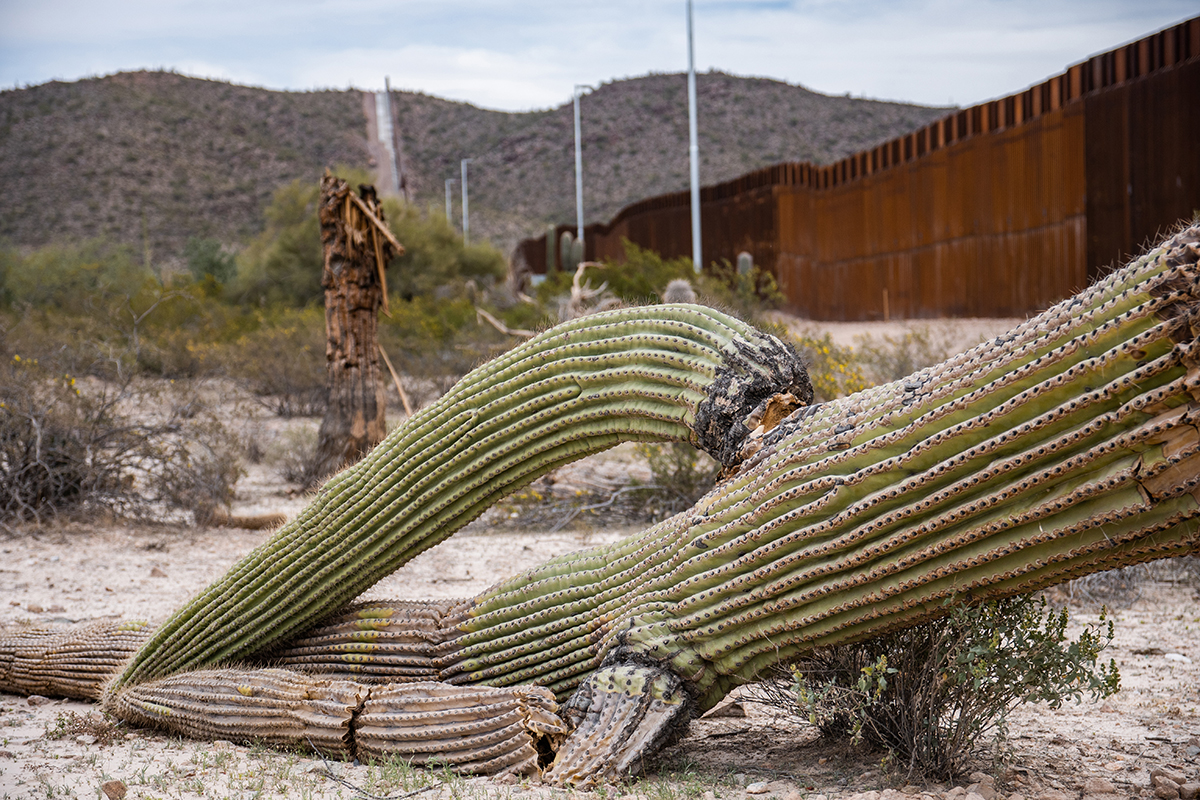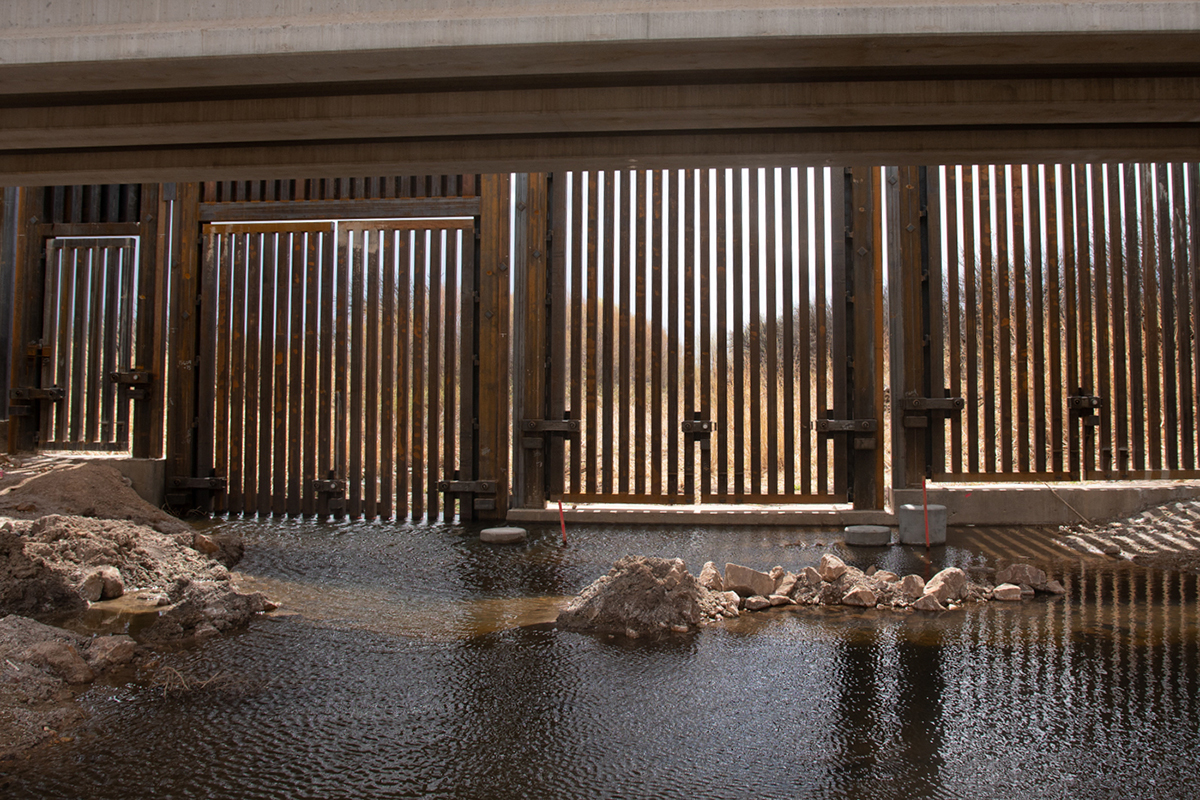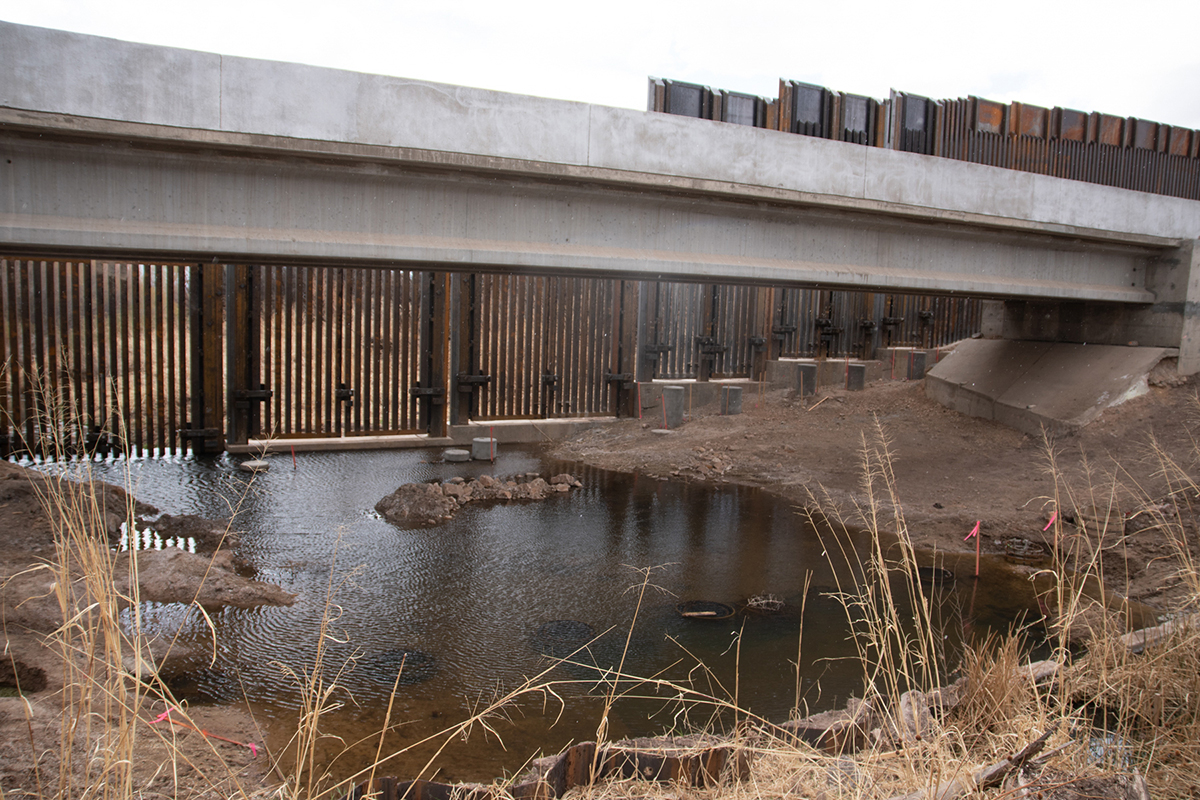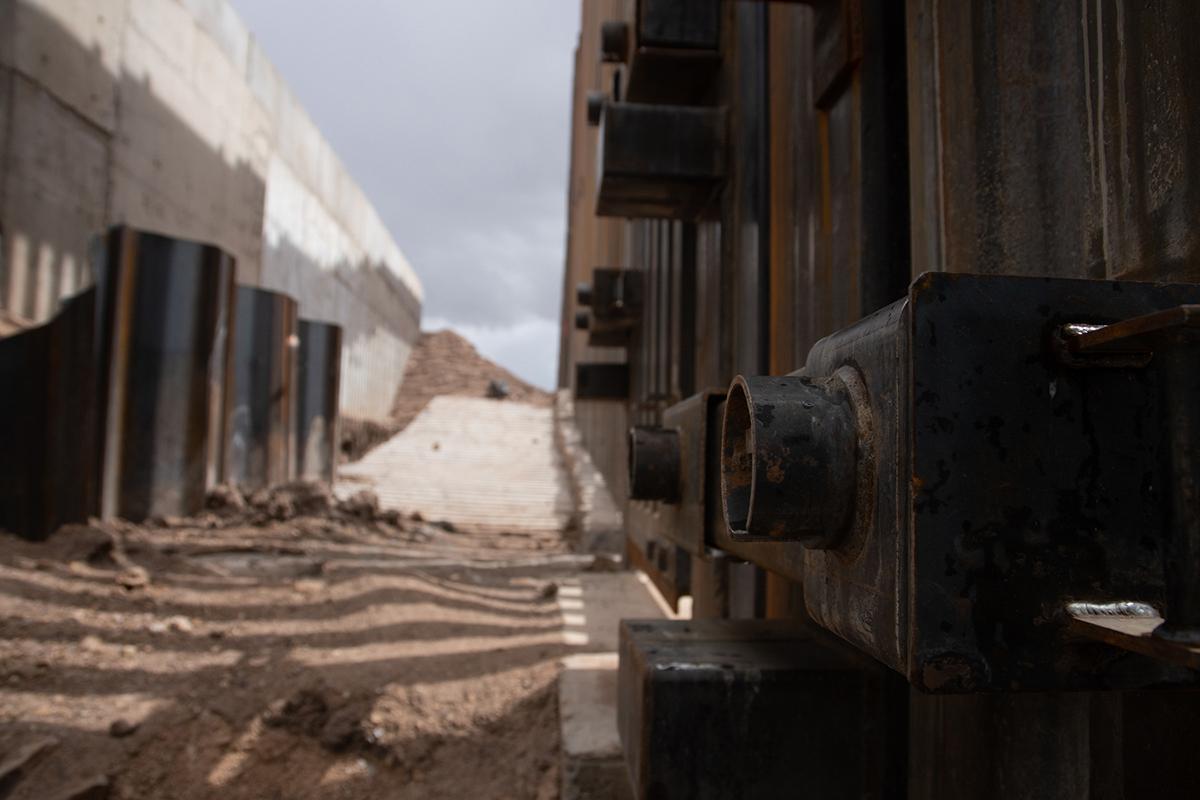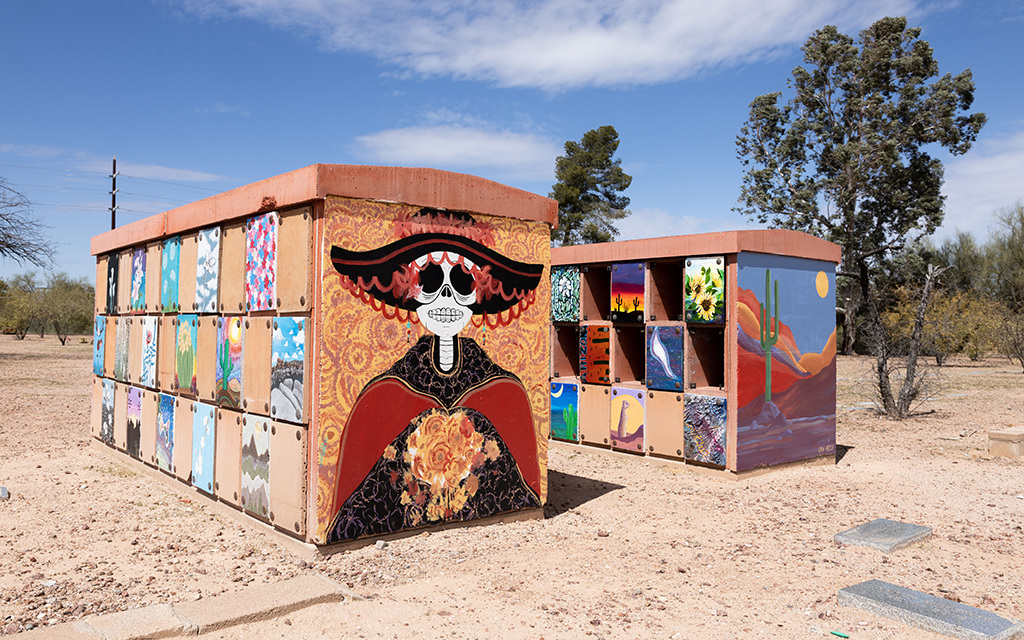In response, gates were added to areas prone to cross-border flash floods. But to prevent border crossers from entering the monument through the floodgates, some gates were welded shut, Rutman said, the idea being that someone would cut them open ahead of any flooding.
“Their ignorance and their entrenched resistance to us telling them anything was so strong that they just kept doing really stupid things,” she said. “It appears to me that there were no lessons learned.”
Morawe, like many conservationists, is concerned about how the barrier will affect desert floods.
He points to seasonal flooding in areas where no floodgates were installed and questions the effectiveness of those that are in place. Once the border barrier is handed over from the U.S. Army Corps of Engineers, the agency overseeing construction, to Border Patrol, Morawe hopes there will be changes in operations to allow agents to at least effectively manage the floodgates.
“I think they’re banking on the fact that the bollard fence is going to allow more water through, which is true. It will,” he said. “But you’re still going to get debris slamming up against that fence and eventually pooling up water.”
“When you look at this, some of these people that design this have never seen a 2,000-pound saguaro floating like a toothpick, you know, under a flood event and smacking up against their fence.
“Maybe it’ll be fine. Maybe it won’t. We’ll see.”
In addition to infrastructure issues, ongoing environmental management has emerged as a concern in barrier construction zones.
The Trump administration bypassed regular environmental reviews before building. The administration issued waivers connected to the border wall construction under the REAL ID Act of 2005.
According to the Center for Biological Diversity, this led to bypassing 32 laws in Arizona, including the Endangered Species Act, the Federal Water Pollution Control Act, the Safe Drinking Water Act, the National Environmental Policy Act, the Reclamation Project Act of 1939, the Fish and Wildlife Coordination Act and the Comprehensive Environmental Response, Compensation and Liability Act.
The REAL ID Act was created in the wake of 9/11 as a tool for the federal government to combat terrorism and crime. However, it also provided significant power to the secretary of Homeland Security, who was given “the authority to waive all legal requirements … necessary to ensure expeditious construction” of a southern border wall.
There is precedent for the Trump administration’s use of the REAL ID Act for border wall construction. It was cited four times by Michael Chertoff, secretary of Homeland Security under George W. Bush, for construction on the southern border.
Despite these environmental protections being waived, Rob Daniels, a public affairs specialist for Customs and Border Protection in Arizona, said in an email that the agency “is committed to responsible environmental stewardship and engages in environmental planning for all construction projects – including the construction of border barriers.”
Environmentalists are skeptical.
Rutman, the retired Organ Pipe botanist, recalls early interactions with Border Patrol as it stepped up efforts in the mid-1990s to slow a sudden flood of undocumented migrants crossing the border into the monument.
“Pretty early on, we still thought we could influence what the Border Patrol did,” she said. “But that turned out to be false. Park Service had almost no influence on what the Border Patrol did or didn’t do.”
Despite a 2006 agreement that the Border Patrol would document and report off-road usage by agents to the National Park Service, wildlife cams showed that Border Patrol agents were only reporting a fraction of the times they left the roads.
Morawe tried to be optimistic about the possibilities of the barrier protecting wildlands, assuming contractors are allowed to return to work and start mitigating potential issues.
“Let’s make sure it’s as functional as it can be, so that Border Patrol can use it like it’s intended to be used,” he said.
Securing the border along Organ Pipe Cactus National Monument has been no easy feat. Before vehicle barriers were set up in 2006, Morawe said, people simply drove off of Mexico’s Federal Highway 2, a few hundred yards from the park’s border, and headed north into the desert until their cars broke down. They then continued by foot.
“We hauled out large numbers of vehicles just trying to get them out of the wilderness,” Morawe said.
If Border Patrol is able to effectively use the wall to prevent undocumented immigrants from crossing into the park, apprehending them before they leave the Roosevelt Reservation, he said, it would mitigate the damages done by Border Patrol agents chasing people deep into protected wilderness areas.
“I always wish there was a better way of doing things than having a fence,” Morawe said. “But we have it now. We have to deal with it. And that’s going to be our new reality going forward.”
What that reality will look like is hard to say, however.
“We’re figuring this out day-by-day,” Morawe said. “We don’t know.”
Cronkite Borderlands Project is a multimedia reporting program in which students cover human rights, immigration and border issues in the U.S. and abroad in both English and Spanish.
